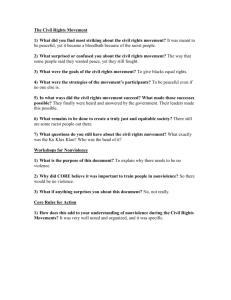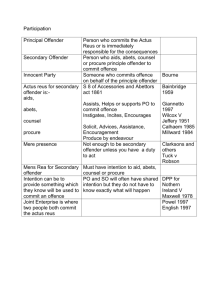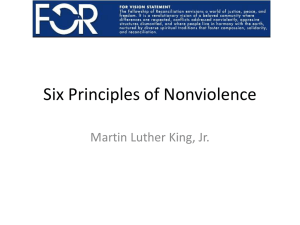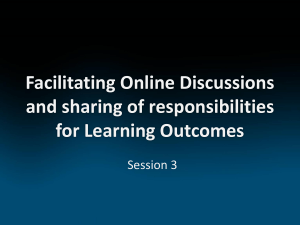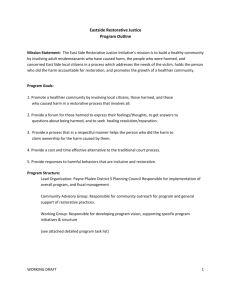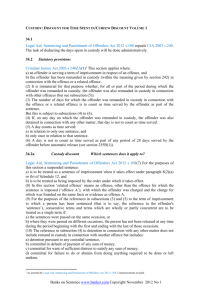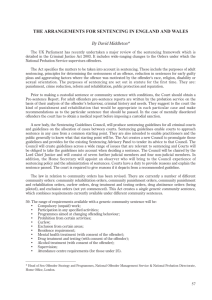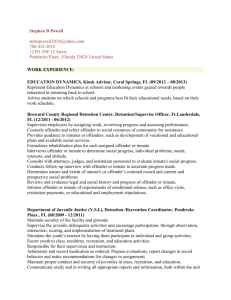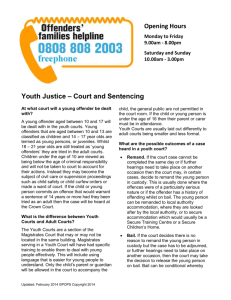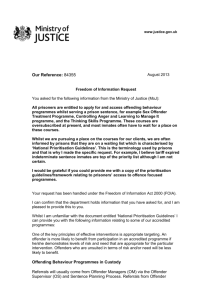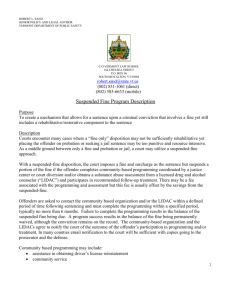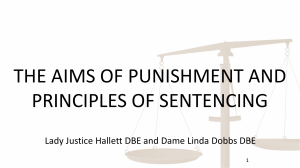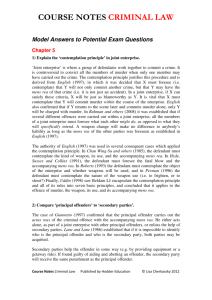This is Where the Title Goes
advertisement
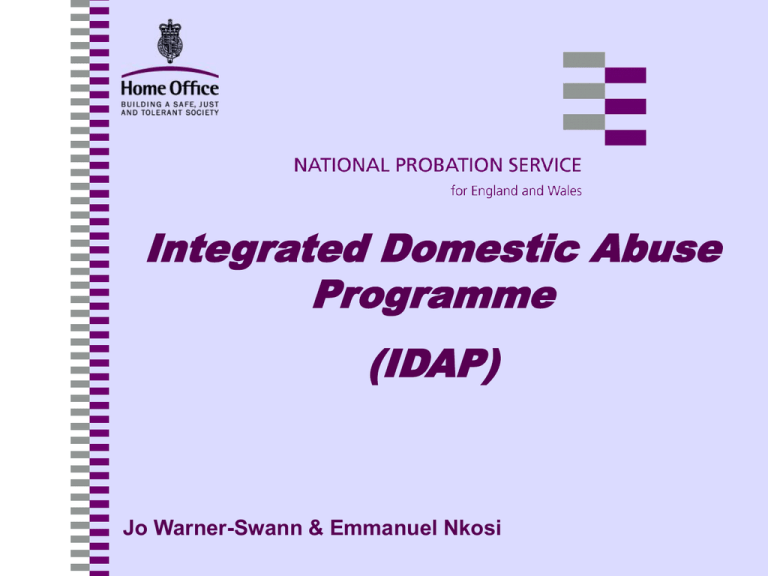
Integrated Domestic Abuse Programme (IDAP) Jo Warner-Swann & Emmanuel Nkosi The Integrated Approach Probation >> Offender Manager (Holds & manages case) >> Group Facilitators Women’s Safety Worker (Engages with & supports the (ex) partner/s) Police Social Services Courts Prison Service Other Agencies eg. >> substance misuse >> Health >> Housing >> Benefits Who is it for? Adult male perpetrators Are/Have been in heterosexual relationship/s Index offence of Domestic Violence Assessed as medium – high risk of harm using the Spousal Assault Risk Assessment (SARA) Condition on Licence or Community Order Offender Suitability Criteria • Acknowledgement of the offence / willingness to change • Ability to participate in the Groupwork Programme Language Substance Misuse Length of licence Mental & physical health Literacy IDAP Structure Pre-group work >> 3 way >> Psychometric Questionnaires >> Motivational Work with Offender Manager >> Orientation Session Core – group Sessions >> delivered by 2 facilitators (ideally female & male) >> 9 modules >> 27 sessions >> midway review Post group work >> 3 way meeting >> Report >> Psychometric Questionnaires >> Relapse Prevention Plan >> Booster sessions as required VIOLENCE PHYSICAL SEXUAL USING COERCION & THREATS USING INTIMIDATION USING ECONOMIC ABUSE USING EMOTIONAL ABUSE POWER & CONTROL USING MALE PRIVILEGE USING ISOLATION USING CHILDREN MINIMISING DENYING & BLAMING PHYSICAL SEXUAL VIOLENCE NONVIOLENCE NEGOTIATION AND FAIRNESS NON-THREATENING BEHAVIOUR ECONOMIC PARTNERSHIP SHARED RESPONSIBILITY RESPECT EQUALITY TRUST AND SUPPORT RESPONSIBLE PARENTING HONESTY AND ACCOUNTABILITY NONVIOLENCE The Learning Environment Cognitive Behavioural Approach People can change Motivational approach Facilitators pro-social modelling of a positive relationship between a male & female Safe & respectful collaborative working (ground rules) Practising social skills IDAP Skills and Strategies for Non Controlling Behaviour 1. Recognising Anger Signals 2. Using Positive Self-talk 3. Coping with Jealousy 4. Acknowledging Women’s Fear 6. Using Assertive Behaviour & Accepting Criticism 7. Accepting Women’s Anger 8. Being Aware of Non-verbal Communication 9. Communicating Feelings & Thoughts 10. Letting Go 11. Non Violent Conflict Resolution 1. Taking Time Outs 9
